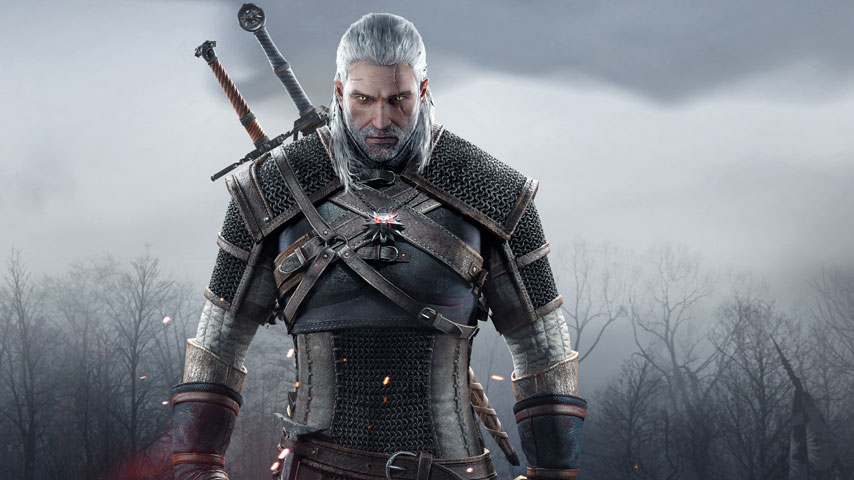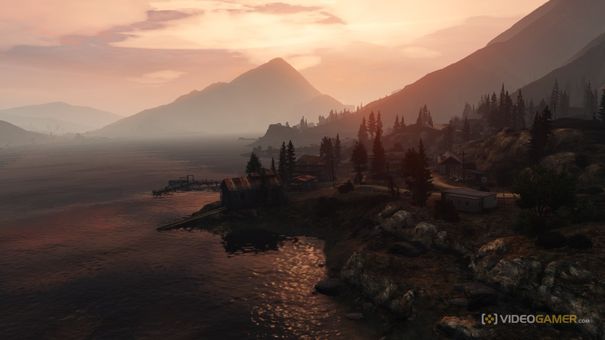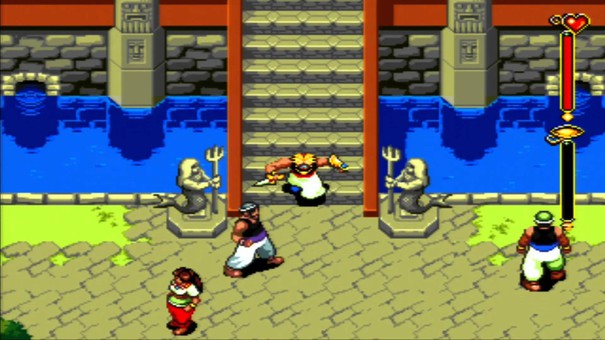

"Many inspirations comes from the Nordic, Celtic and Slavic mythologies, legends."
We're talking to Stan Just, producer for The Witcher 3, who's in charge of supervising the character artist team and the cinematic designers for CD Projekt's third entry into the world of Geralt.
We've found ourselves a spot in the studio's business booth, attached onto the back of Bandai Namco's, at Gamescom. Artwork of a larger than life Geralt is pasted to the wall behind us, cold eyes staring out, body braced for combat. Across the way and partly-hidden between the hordes of people tramping in and out of the team's presentation room, is a life-sized mannequin of the monster hunter from his younger days. Between, a large glass presentation stand sits as an island in the middle of the booth. Inside a Collector's Edition has been cracked open, its guts lavishly spread out over the stand's interiors.
It's a good place to talk the game's art.
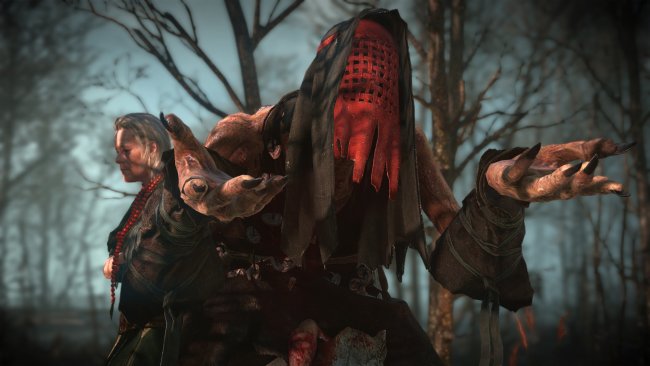
"Many of our designs are based from the novels, bits and pieces of data on how the monsters should look," says Just, as we ask him about the creative process in designing the game's monsters, and query how they can make their world distinct from the multitude of other fantasy titles out there.
"We gather some great creativity from our quest designers. When they're creating quests and thinking about the monster that'll fulfil the function of that quest and the story that's told within that part of the game, we fit the design of the monster to it."
We take a glance over our shoulder at the monster hunter himself. It may be the new-gen horsepower, or the time skip forward, but Geralt looks somewhat haggard, his facial scars more vivid, and covered as he is in multi-layered armour, he almost seems - for want of a better word - vulnerable.
"The armour has been iterated on a lot," Just explains as he works his way down the artwork, explaining each element as he goes (interesting side-note: the team may allow you to alter Geralt's hairstyle and beard in the final game). "It took us months."
"We wanted to show not only the values a Witcher should communicate - killing monsters, building your defence before tackling them," he continues, "so we put a lot of effort into the little details so you could see how he could put [the armour] on... our concept artists are often visiting museums and see what problems with the clothing has been resolved in those periods. That's important to us, to make this game very realistic."
We half-joke that we never really believed anyone could yank a sword from its sheath so cleanly if it was attached to your back. Apparently, CD Projekt tried it out to see if it'd work.

"We do have a lot of replicas, but what we even added to the game recently are additional animations, like waving your hand in order to correct the scabbards, so you can correct the angle on which you draw the sword."
And apparently Geralt's getup will be customisable during the game. Just because he's wearing armour in the marketing artwork doesn't mean he'll be clad like that throughout the quest.
"You get to choose whether you want to go more light and be more agile, quicker," Just explains, "or go more heavily armoured, be more robust against harder enemies - but you'll be slower."
We walk over to the Collector's Edition stand, the sizeable box within dominated by a large statue of Geralt battling the griffin, the creature clash that was the centrepiece for the team's most recent demos. We ask whether it was an easy process, from concept to execution, to build something like this. The response suggests the devil was in the fine tuning.
"There were so many remarks about the colour of the feathers, for example, or we added the blood on the sword, which was not present previously," Just points out, explaining the back and forth between the studio and the sculptors. "Each of these details were done by our concept artists, who designed the armour as well."
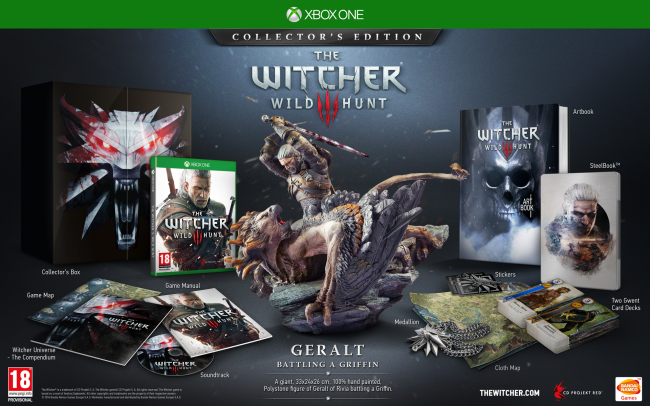
Each staff member on the team will receive a Collector's Edition upon completion of the game. For Just though, his copy will remain wrapped - "a trophy", he calls it, to his time working on the project. But he'll still play the game on one of the digital copies the team has. We wonder if after such a long development process if he can disconnect himself from the work that went into it and just enjoy the game for what it is. The answer's no and yes.
"What's fun is that since the living world is being developed by many different teams across our studio," he replies. "I will be amazed, I will be surprised with all the content the guys have created throughout the years of developing the game.
"I did the creatures of the game, but what [the rest of the team] created with it... how did they combine it? The stories in this game.. there are random encounters, aside from quests and side-quests. It's hard to say what is out there."
You can watch our full interview with Just below.
